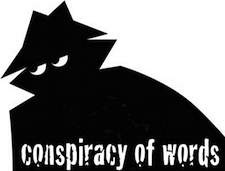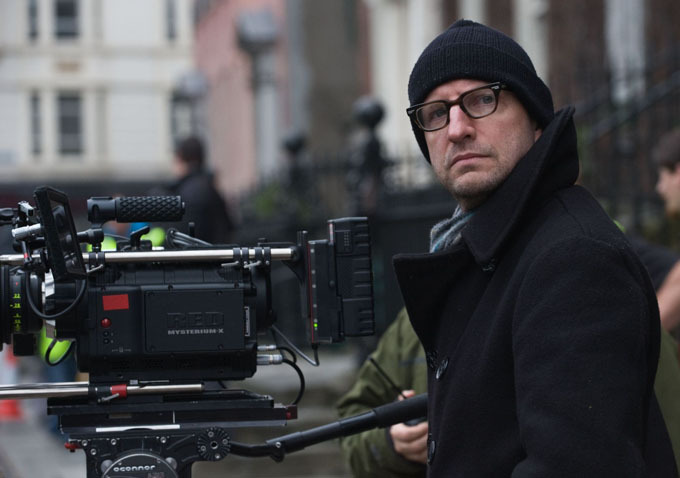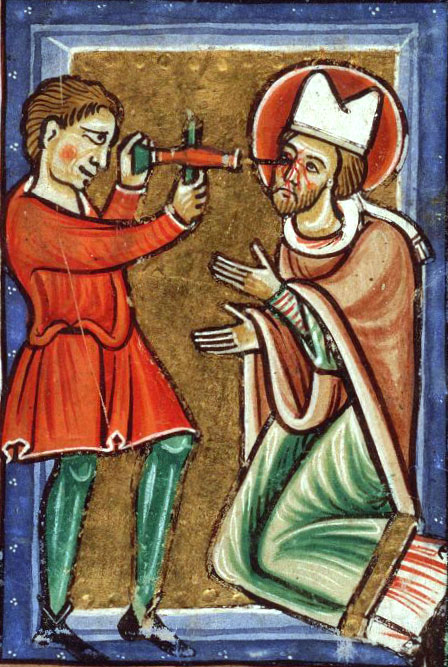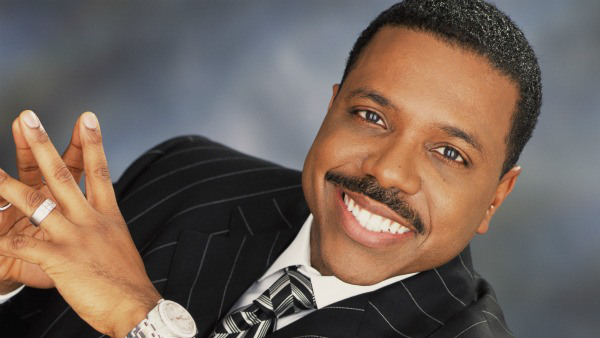The birth of Steven Soderbergh, as directed by Steven Soderbergh, is a strangely bloodless affair. A long shot with slow zoom will lead you down the corridor of an unnamed hospital. Small cracks in the tiling of the floor and walls will be revealed under the harsh, clinical lighting as the camera dollies past. In the delivery room, you will observe some slightly fraught dialogue between Mary Ann Soderbergh (his mother), Phyllis Truong (the obstetrician) and Carly Waites (the nurse). Then a series of jump-cuts that shift, bleakly, around the delivery and surgical equipment – forceps, scissors, clamps, respirator – will leave you slightly disconcerted.
This feeling will be intensified when Soderbergh shifts camera positions to observe from a new angle, so that Truong (who the viewer had placed on the left of the scene) and Waites (who the viewer had placed on the right) are now on opposite sides of the scene. The sharp cries of the new-born Soderbergh and harsh grunts and pants of Mary Ann will rise above a low hum that you had been only subliminally aware of.
On leaving the delivery room, the camera will follow Truong and Waites as they make their way, after changing, to the hospital car park. Waites will be involved in a car accident that leaves her paralysed, while Truong will be tricked by her seedy boyfriend into performing emergency surgery on a wounded drug dealer, who later kidnaps, and holds hostage, the woman who runs the child care centre at which Soderbergh’s elder brother Charles, has been placed while their mother is in hospital to deliver Steven Soderbergh. Along the way there will be more thoughtful, and slightly fraught, dialogue
You’ll be left thinking about all of these characters and connections. Without necessarily caring at all.
File under: directorial debut | creation stories
(Image source: we got this covered)





